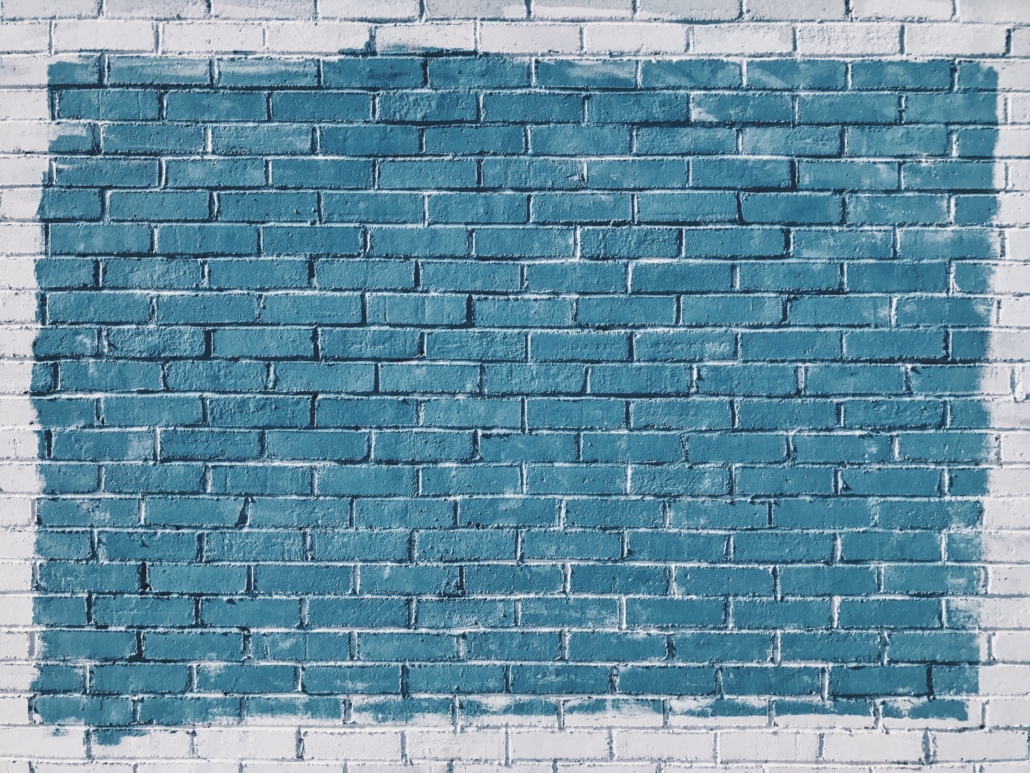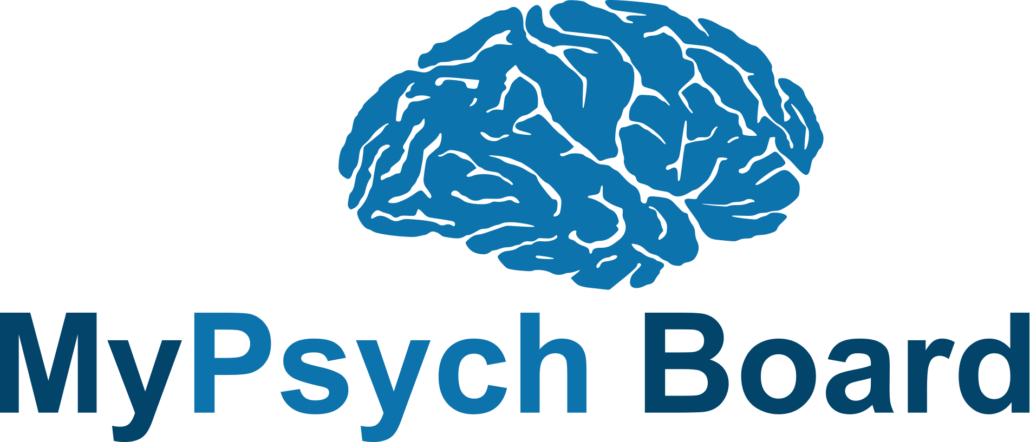How to Never Forget Types of Boundaries

Everyone should be aware of their boundaries. While that seems like a no-brainer, it’s not uncommon for people to either be unaware of what boundaries are, or, be caught by surprise that they’ve been neglecting to maintain a healthy boundary with someone in their life. And while you may be well aware of what they are, sometimes it’s difficult to recall exactly what they look like in practice. We have a way to keep them in mind!
Boundaries are a vital part of how we interact with others. They help us keep relationships safe and healthy, while also keeping ourselves safe and healthy. Have you ever had an interaction with someone that left you feeling unintentionally vulnerable or exposed? Or taken advantage of? That niggling discomfort is usually a good indicator that your boundaries have been violated.
What are the types of boundaries?
There are different boundary styles. As anything, it’s rarely cut and dry that people adhere to one type or the other. There’s some interesting connection between boundary and relational attachment styles that is worth delving into if this topic interests you!
Some ways to think about boundaries are in terms of octopuses, brick walls, and windows. What? –Yes, you read that right.
A person who may be like an octopus is someone with little to no boundaries with themselves or others. They reach their tentacles into other people’s lives and envelope other people into their lives. They have little distinguishing regard for what topics are appropriate to share, they don’t say “no” to being asked anything (and usually expect the same from others), and often suffer from burn out because of this.
A brick wall boundary is as you may imagine, a person who has rigid and unmoving boundaries. They also, unfortunately, have great difficulty having close relationships with others because they are unwilling to allow others into intimate spaces with them. They may seem cold, or distant, while also being quite lonely and disconnected.
Lastly, a window. Windows represent a person that has firm boundaries in place that allows them to keep others at a reasonable distance, while also allowing them to view the world and open up when appropriate. They can close themselves off to people when necessary, but also allow for intimate closeness.
This is, of course, a very simplified conceptualization of a much broader topic. But, now when you think of boundaries you’ll probably unconsciously think about octopuses and brick walls, which is more fun than thinking about technical terms 😉
Other than our unconventional ways of discussing psycho-relational topics, we also offer tutoring options, study guides, and have a whole arsenal of topics in our Question Banks . Contact us for more information!








